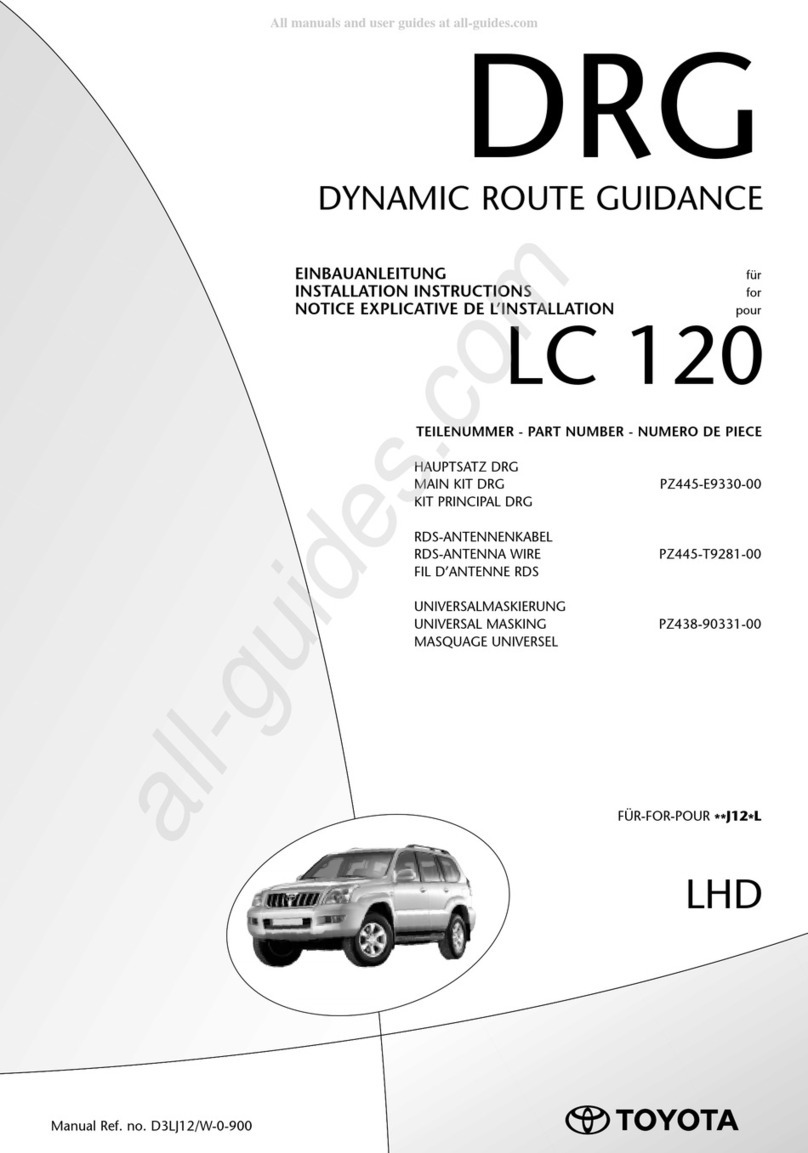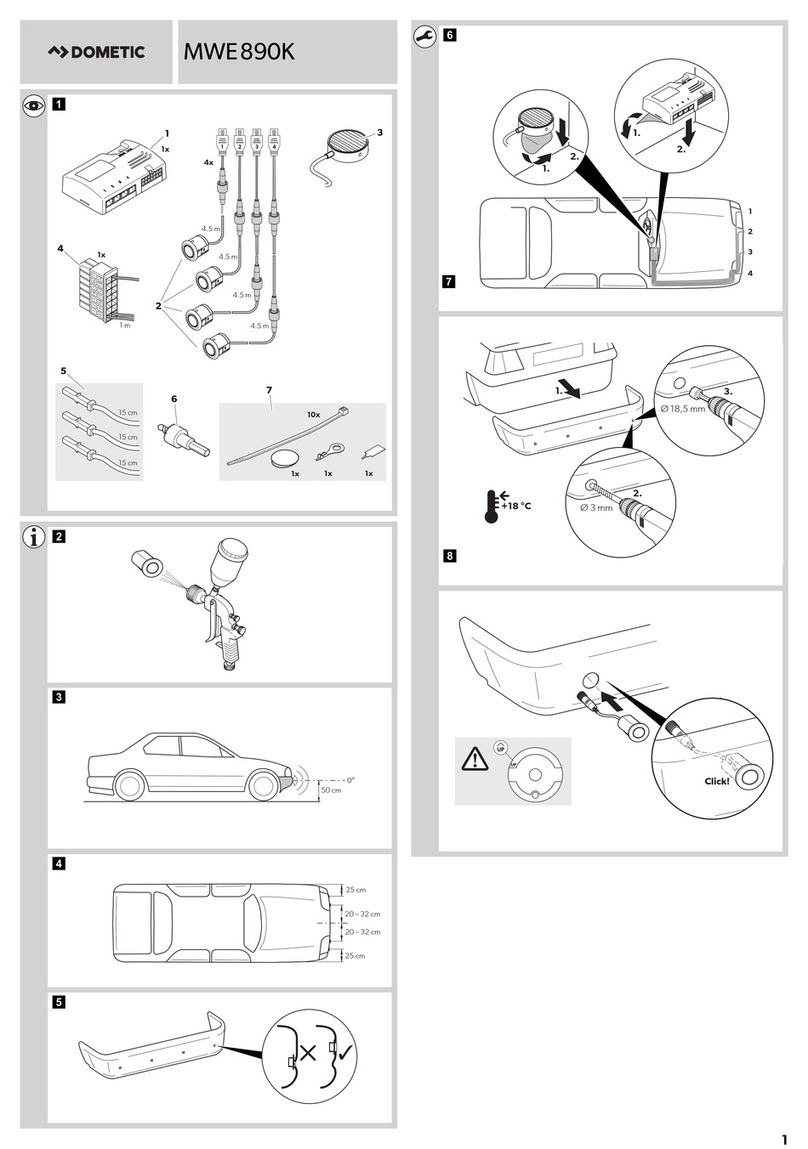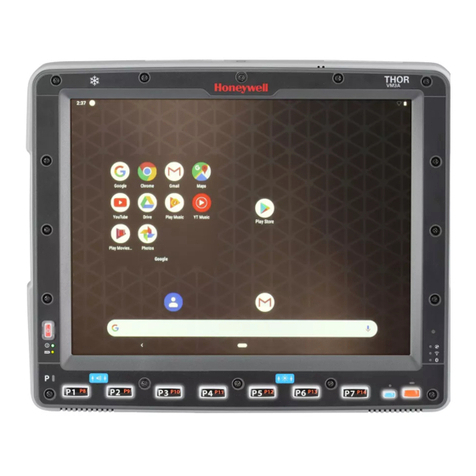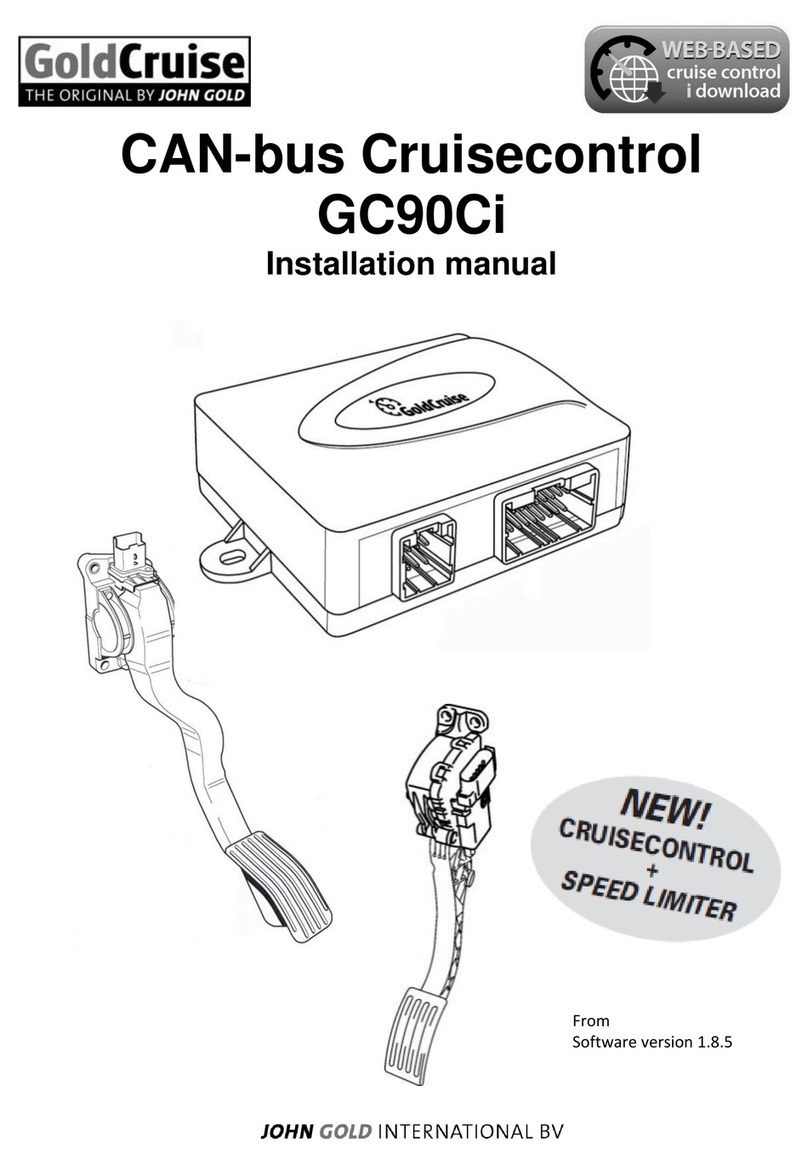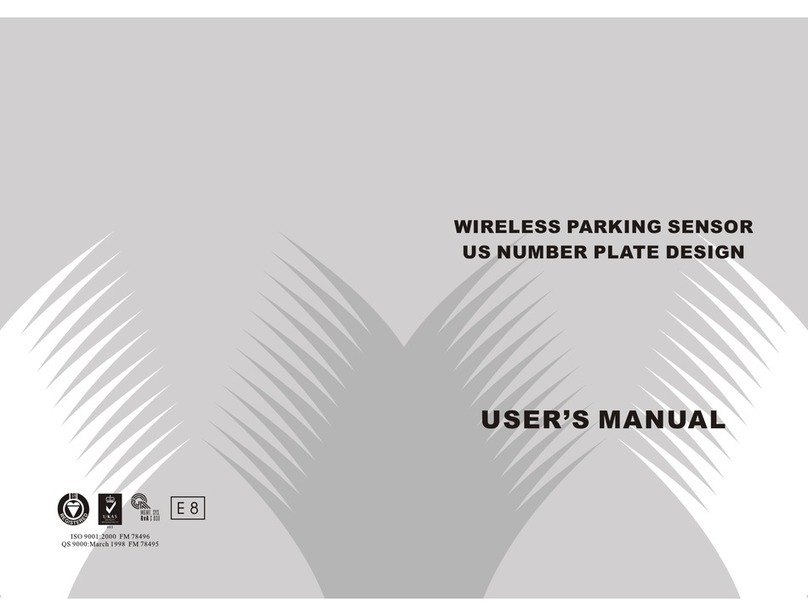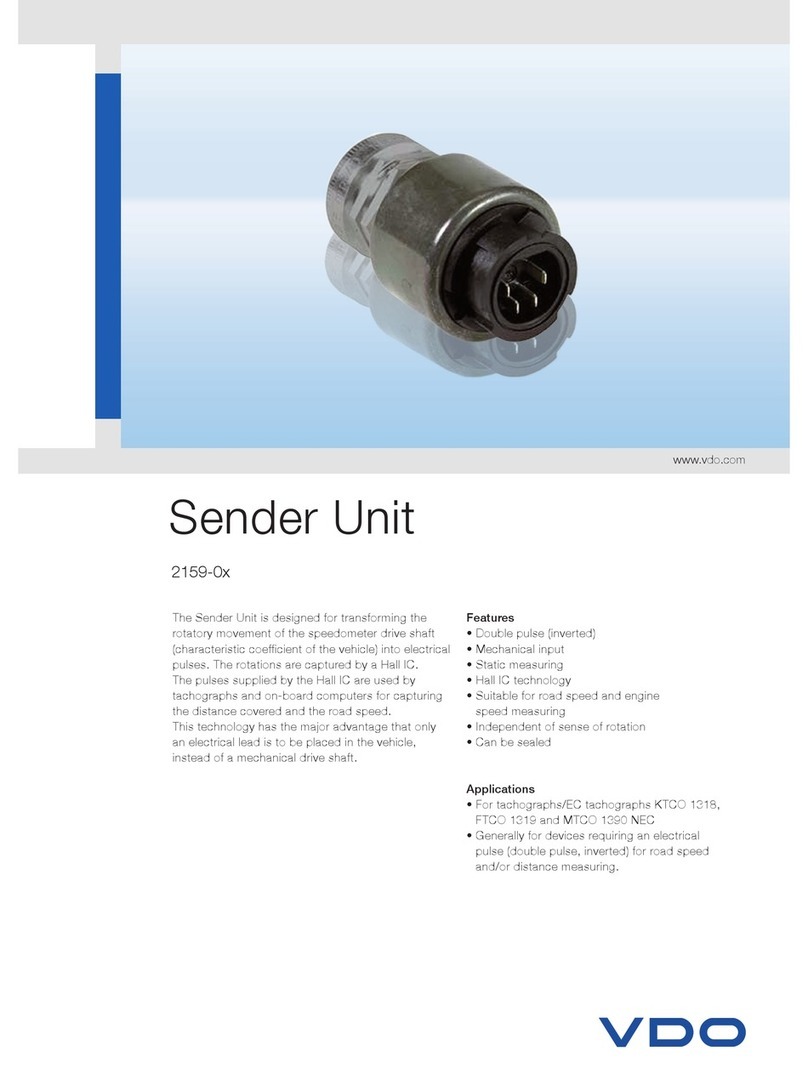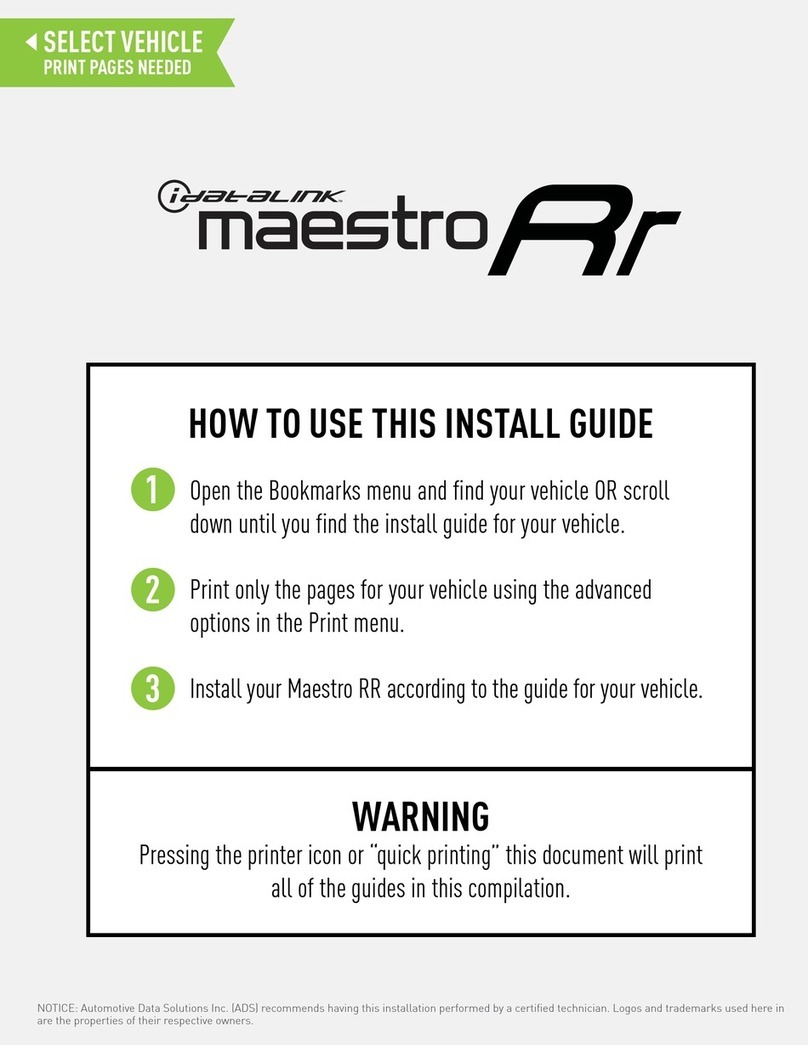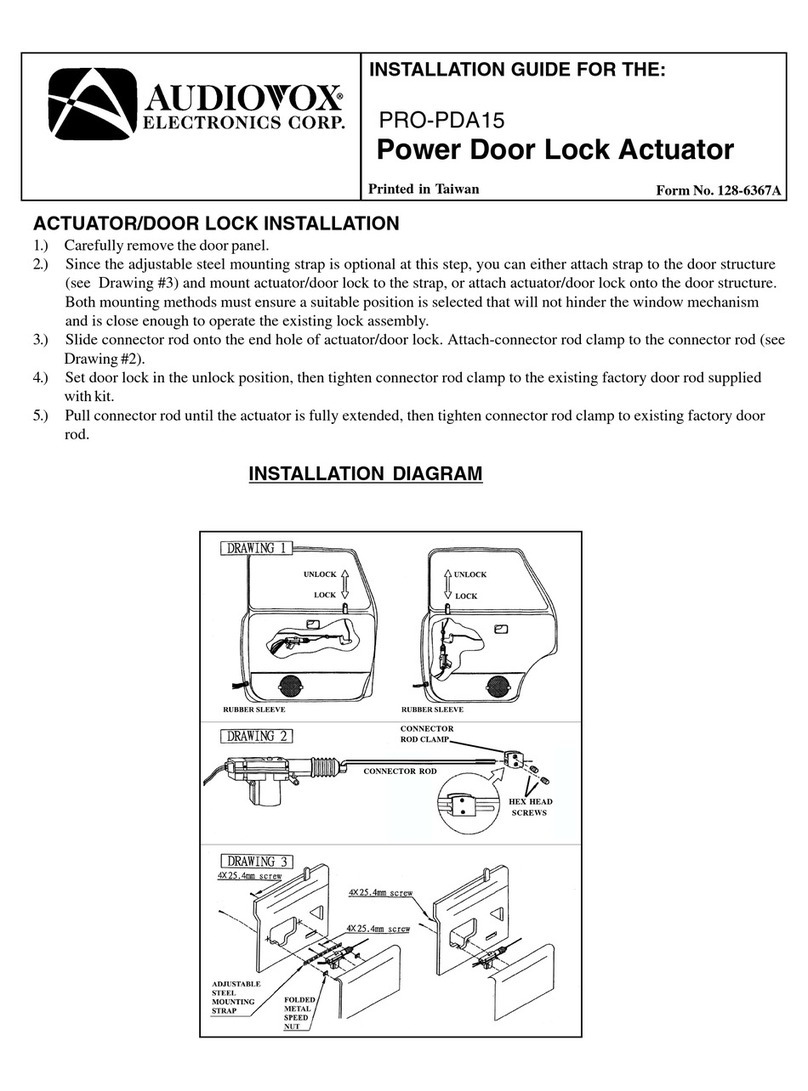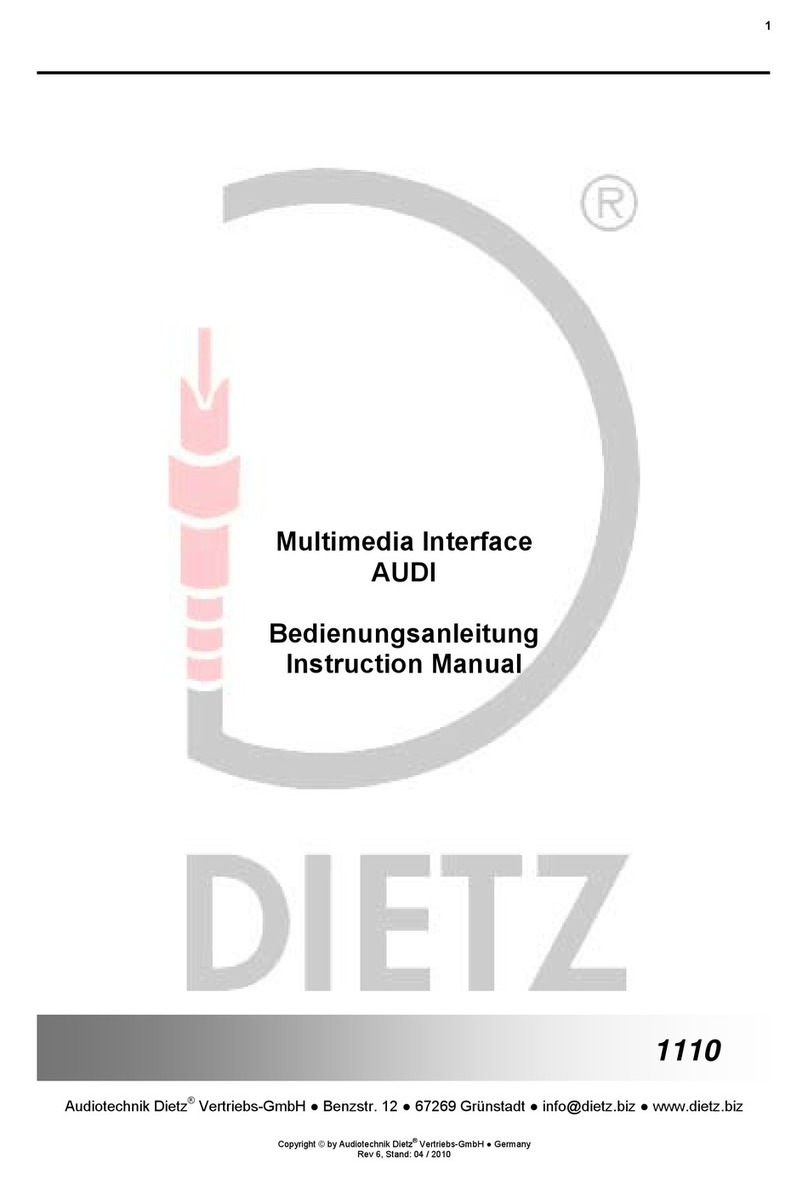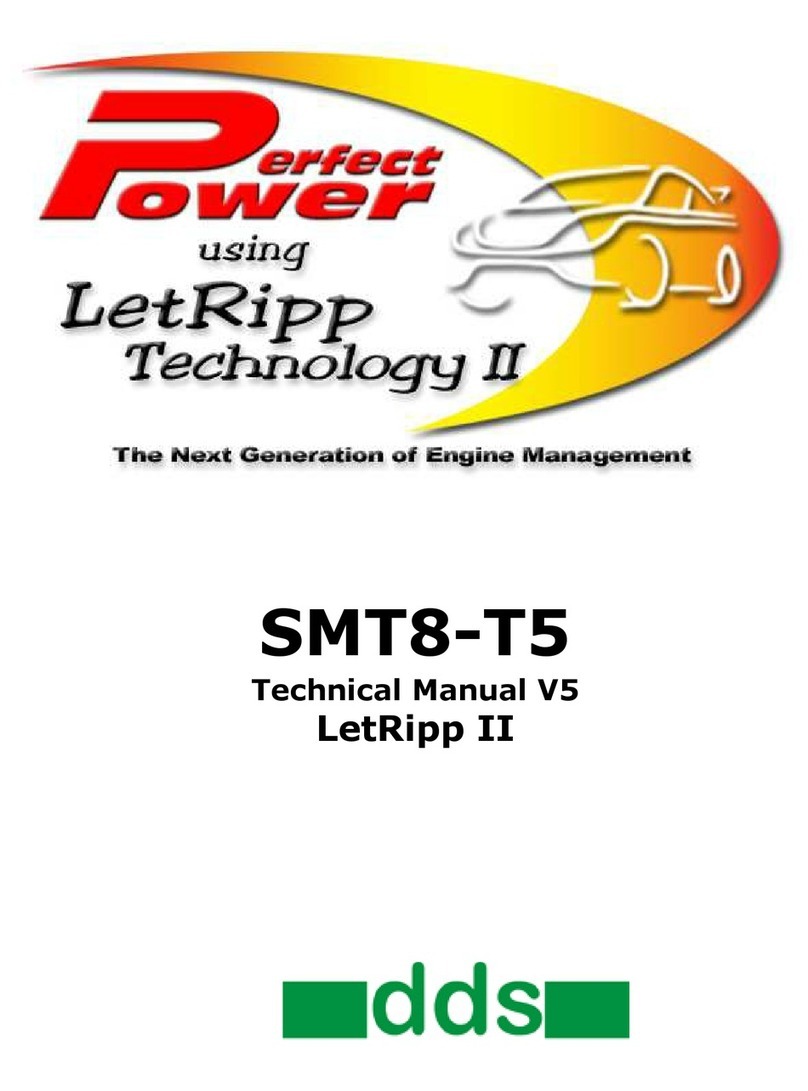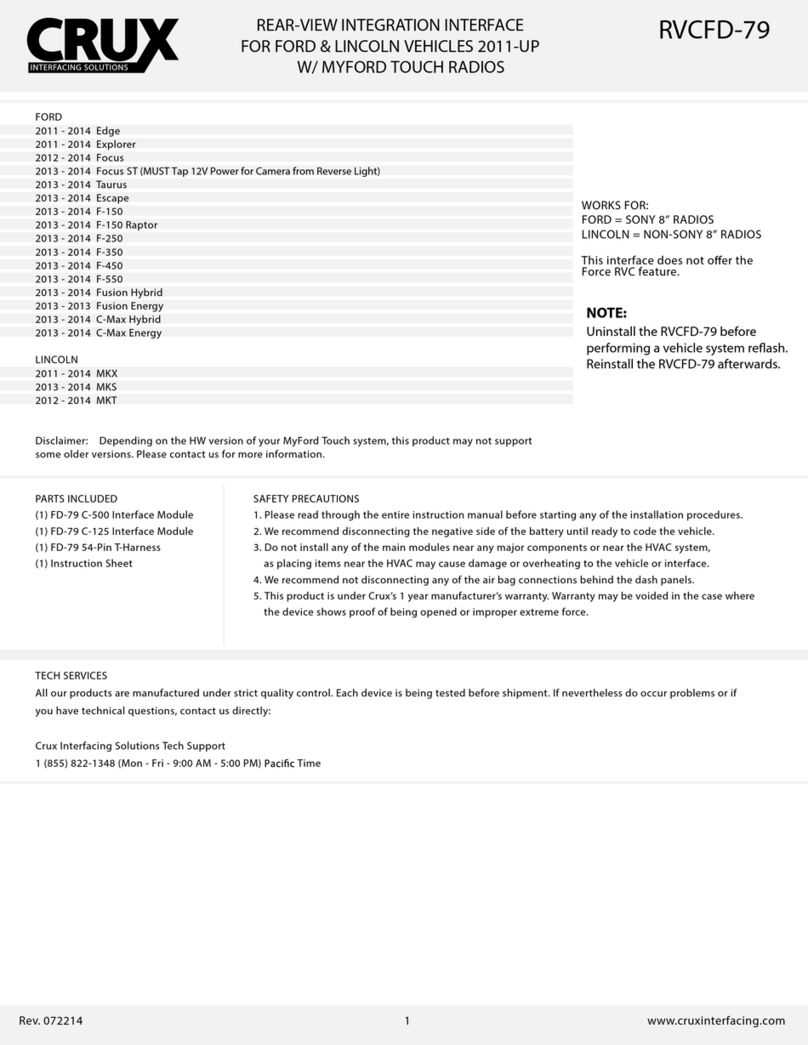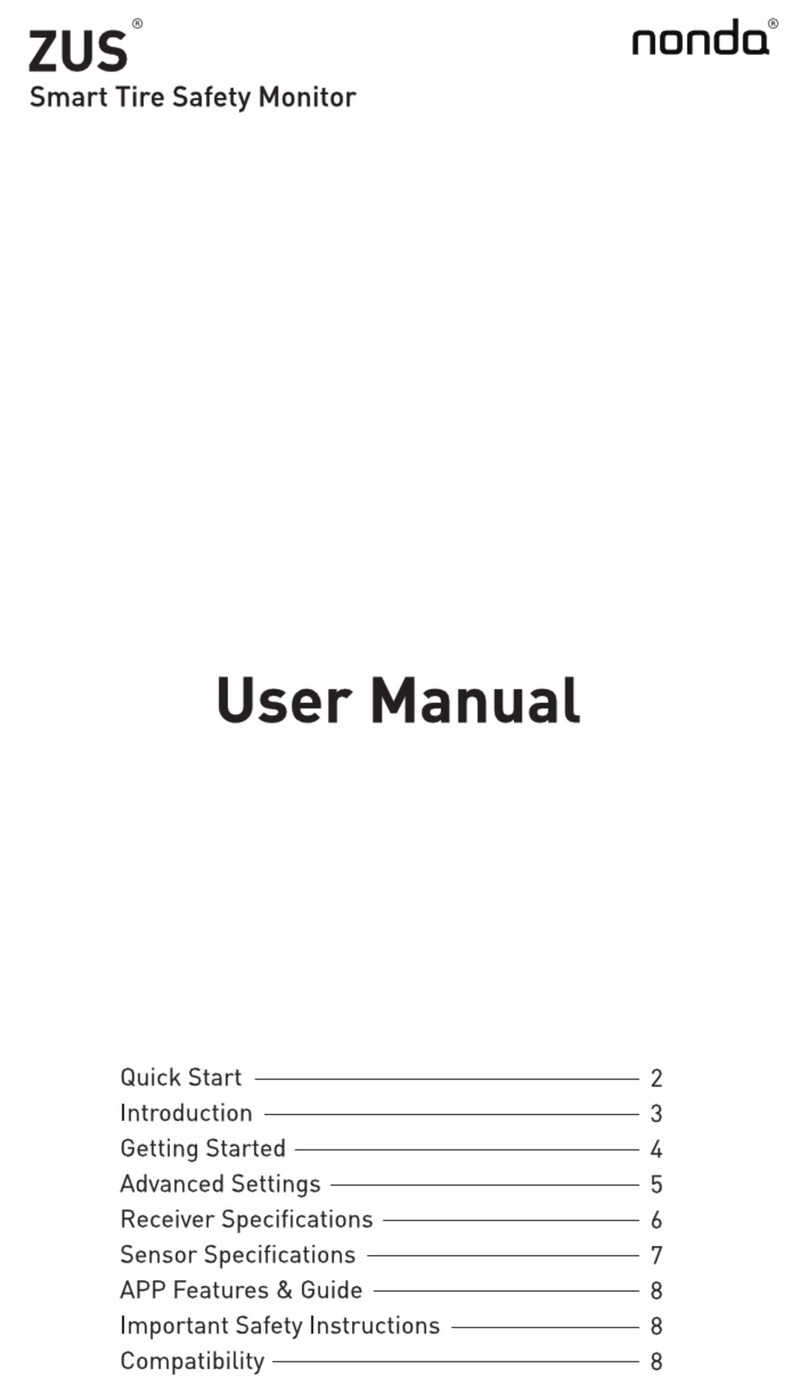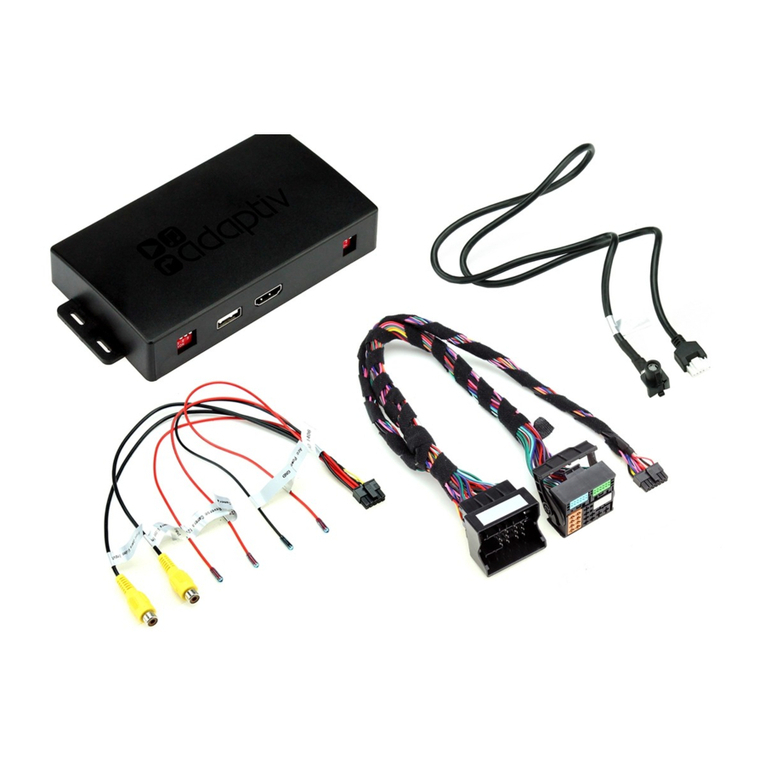
IMS 2-5 Operator Manual
4806-00017 Revision F
Section 1: Introduction..............................................................................................................................................
Section 1.1: Scope...................................................................................................................................................................................
Section 1.2: Definitions of Informational Headings..............................................................................................................................
Section 1.3: Safety...................................................................................................................................................................................
Section 2: Overview of the IMS Display........................................................................................................................
Section 3: Basic Operation.........................................................................................................................................
Section 3.1: Hood Sensor.......................................................................................................................................................................
Section 3.2: Brake Override....................................................................................................................................................................
Section 3.3: Brake Start...........................................................................................................................................................................
Section 3.4: IMS Bypass Mode (if Equipped)..........................................................................................................................................
Section 3.5: Rescue Switch.....................................................................................................................................................................
Section 3.6: Hybrid Disconnect Switch..................................................................................................................................................
Section 3.7: Forced IMS Controller Shutdown.......................................................................................................................................
Section 4: Climate Control..........................................................................................................................................
Section 4.1: Air Conditioning (if Equipped)............................................................................................................................................
Section 4.2: Heating (if Equipped)..........................................................................................................................................................
Section 4.3: Defrost Mode (if Equipped).................................................................................................................................................
Section 5: Battery Management..................................................................................................................................
Section 5.1: Engine Starting for Low Battery..........................................................................................................................................
Section 5.2: Engine Running for Battery.................................................................................................................................................
Section 5.3: ZeroRPM System Faults.......................................................................................................................................................
Section 5.4: Battery Management System Screens.................................................................................................................................
Section 6: Broadcasting to Intellimetrics.....................................................................................................................
Section 7: ZeroKEY Mode (if Equipped)........................................................................................................................
Section 8: ZeroIDLE Mode (if Equipped).......................................................................................................................
Section 9: ZeroDRAW Mode (if Equipped).....................................................................................................................
Section 10: Boost Mode (if Equipped)..........................................................................................................................
Section 11: Further System Information......................................................................................................................
Section 11.1: Communication Error.......................................................................................................................................................
Section 11.2: A/C Error Codes.................................................................................................................................................................
Section 11.3: Shore Power Charging......................................................................................................................................................
Section 12: Information Screens.................................................................................................................................
Section 12.1: Primary Information Screen.............................................................................................................................................
Section 12.1.1: B0........................................................................................................................................................................................
Section 12.1.2: B0 Current..........................................................................................................................................................................
Section 12.1.3: B1 and B2...........................................................................................................................................................................
Section 12.1.4: B2 Current and State of Charge........................................................................................................................................
Section 12.2: Information Screen 1........................................................................................................................................................
Section 12.3: Information Screen 2........................................................................................................................................................
Section 12.4: Information Screen 3........................................................................................................................................................
Section 12.5: Information Screen 4........................................................................................................................................................
Section 13: Input/Output Screens...............................................................................................................................
Section 13.1: Signal Glossary..................................................................................................................................................................
Section 13.1.1: Inputs..................................................................................................................................................................................
Section 13.1.2: Outputs...............................................................................................................................................................................
Section 13.1.3: Communication Connections............................................................................................................................................
Section 13.2: Screen/Controller Signal Locations.................................................................................................................................
Table of Contents
1
1
1
1
2
3
5
6
6
7
7
8
8
9
9
12
15
16
16
17
18
19
20
21
22
23
24
24
24
25
26
27
27
28
28
29
30
31
32
33
34
35
36
36
37
38
39
